Key Know-How of Broadcasting Industry
Broadcasting and TV industry is a market that new players are less familiar with. If customers are not in the industry, the know-hows to produce a show is incomprehensible, such as how to overlay the background of a weather forecast to the back of the anchor. The broadcasting industry is the earliest one to utilize video production and broadcasting, therefore all video signal are consisted of the highest possible level of specifications.If you ever visit a production studio and find a single black cable, it is no doubt a SDI cable (Serial Digital Interface). The two ends of a SDI cable is designed with fixtures to prevent cable falling off. SDI stands for Serial Digital Interface and is widely adopted in the high level broadcasting industry because of its stability of data transition and the absence of needing to compress data.
Variability of SDI Signals
SD-SDI initially could only support 480i resolution and now it has evolved to 12G-SDI and can easily handle transmitting 2160p60 video content. Now the SMPTE alliance is in the making of 24G-SDI standard to prepare for transmitting higher level of video content.Before 12G-SDI was introduced, 4K video were usually transmitted via four 3G-SDI cables simultaneously with each 3G-SDI cable sending one quarter part of the video and piece them together afterwards. This is a complicated process to developers’ system planning.With the introduction of 12G-SDI technology, it takes only one 12G-SDI cable to transmit 4K60P video and significantly reduce the complexity in workflows of a system.

There are various types of SDI signals used in the broadcasting market, therefore, it is a challenge to capture video from different interfaces. To capture single channel of 4K video from 12G-SDI, there are three different types of data array of 12G-SDI video, single link 12G-SDI, dual-link 6G-SDI and quad-link 3G-SDI, while quad link 3G-SDI comes in two different formats, 2SI and SQD. Capturing 4K video from 12G-SDI is therefore a complicated task for software developers that are unfamiliar with the broadcasting market.Apart from other industries, SDI is still integrated with the ANC (ancillary) data commonly used in broadcasting systems, to accommodate information such as programs lists, and these ANC data are usually located in non-picture portions of horizontal scan lines.
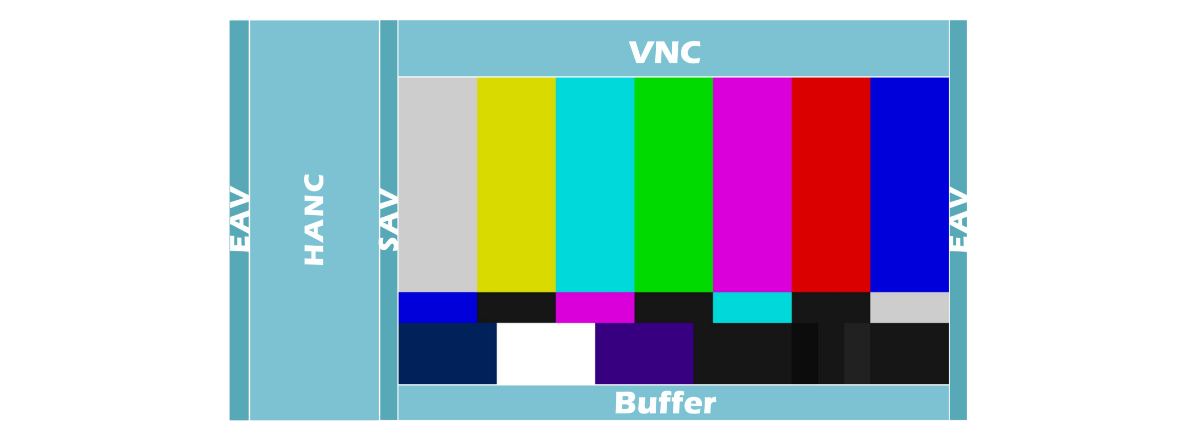
If our customers plan to enter the broadcasting market, they have to face all sorts of questions about SDI. For instance, how to capture single channel or multi-channel formats of 12G-SDI video, how to capture AND data from SDI video streams, or how to synchronize 12G-SDI video etc., these are questions software developers for sure will face during the process of development.
YUAN has cultivated in the broadcasting market 12 years ago. YUAN NexVDO SDK has virtualized all types of SDI to a single device regardless of front-end sources to be 3G-SDI or 12G-SDI. Developers need not check which format of 4K SDI signal the source is and only need to inform NexVDO SDK that the input is a 4K video and can capture accordingly. Developers do not need to specify the type of input format, because any changes of video signals YUAN NexVDO will actively inform the upper layer of application. Through systematic integration, NexVDO SDK ensures our customers benefit from the ultra-low latency needed in the broadcasting market.
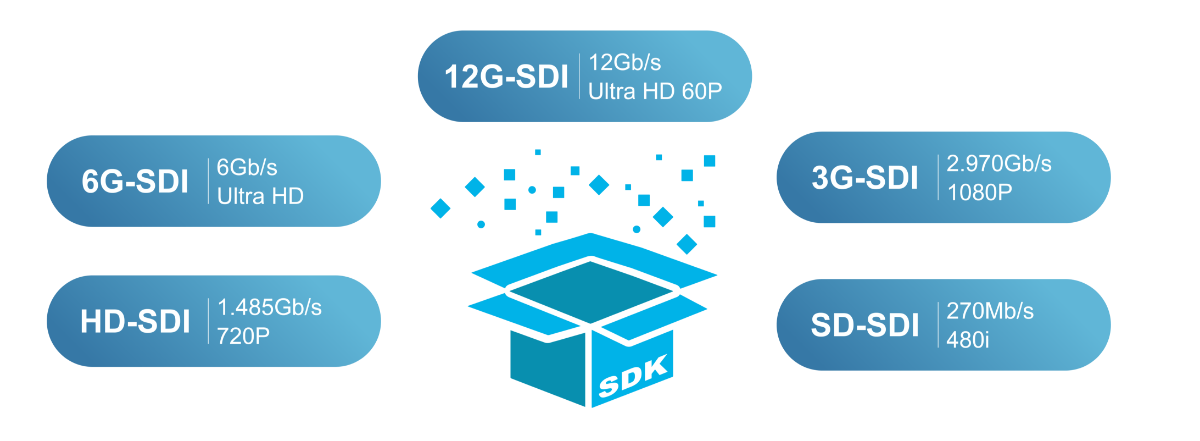
Standard Streaming Protocol of the Broadcasting Market – TS Stream
Streaming protocols solve not only the trouble of cable management in studios but also the bandwidth limitation.As the video content is transmitted from satellites, broadcasters highly emphasize the stability of internet bandwidth of video transmission even more than other industries would require. MPEG2-TS, or TS protocol, is widely adopted in the broadcasting market.Streams independent of one another can be accommodated in one single TS stream, for example, different TV channels, clips in a movie shot from multiple angles, sound tracks or digital program lists from different countries etc., this piece of knowledge is hardly privy to developers from other lines of business.
There are two categories of TS streams, one is the type of TS containing only 1 show (SPTS), and the other type containing multiple shows (MPTS) to fit for the utilization of bandwidth. That is to say, a digital television TS stream contains three shows or more.

As the bandwidth cable stations apply are limited, if TS streams exceed the bandwidth they apply for, there will be mosaic or latency to the video decoded at receivers. Therefore, it is crucial to stabilize TS streams, maintain steady bandwidth in use and meet all broadcasting standards when system developers are working with cable TV providers.NexVDO SDK supports protocols usually adopted in the broadcasting market, TS, SRT and NDI and is integrated the stream stabilizer within. Software developers hence do not need to concern themselves if the TS streaming function they build meets the broadcasting standard.
Switching Software Help Reserve Your Efforts and Time
The last unique feature of the broadcasting industry is, unlike simply recording individual video file as in other industries, the usual practice in the broadcasting market is to ingest multiple video feeds shot from different angles and perform post edition with switcher software. Video audience see from the television is edited and presented with switcher software.In advertising and broadcasting events, it is required to do program rundown and enhance viewer rating. Therefore, a comprehensive switcher software is crucial to edit video and make a good broadcast.
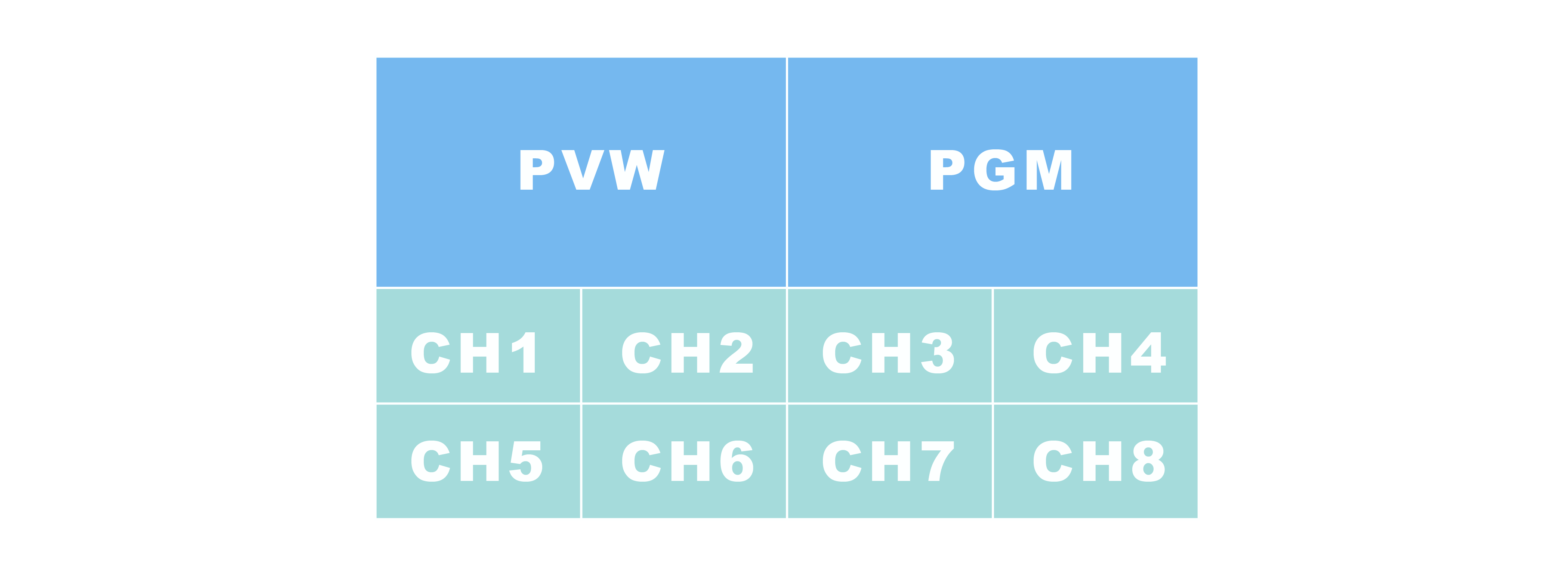
Functions including OSD (On Screen Display), snapshot, zoom in and out, video processing amplifier etc. are must-have for switcher software. Among all, the most commonly seen function is chroma key, a visual effect to composite two images or layers of video to one, removing background from one and planting the subject to the other. For example, the weather forecast is composed by chroma key, planting the image of anchor broadcasting weather news to the green screen (or any other colors) and overlay the background with other video.

Functions including OSD (On Screen Display), snapshot, zoom in and out, video processing amplifier etc. are must-have for switcher software. Among all, the most commonly seen function is chroma key, a visual effect to composite two images or layers of video to one, removing background from one and planting the subject to the other. For example, the weather forecast is composed by chroma key, planting the image of anchor broadcasting weather news to the green screen (or any other colors) and overlay the background with other video.

On transition effects or visual effects, NexVDO provides a simple interface for users to utilize transition effects, including shutter windows, fade in and out, fly in and out etc. Other special effects, such as video transparentizing, filters, picture overlay, picture stitching PIP, PBP, POP, are supported as well. Editing XML is also supported to produce scripts of animation and to adjust video parameters. Comparing to conventional fixing mode, adopting animation scripts offers customers a more flexible application to build their ideal scenarios.
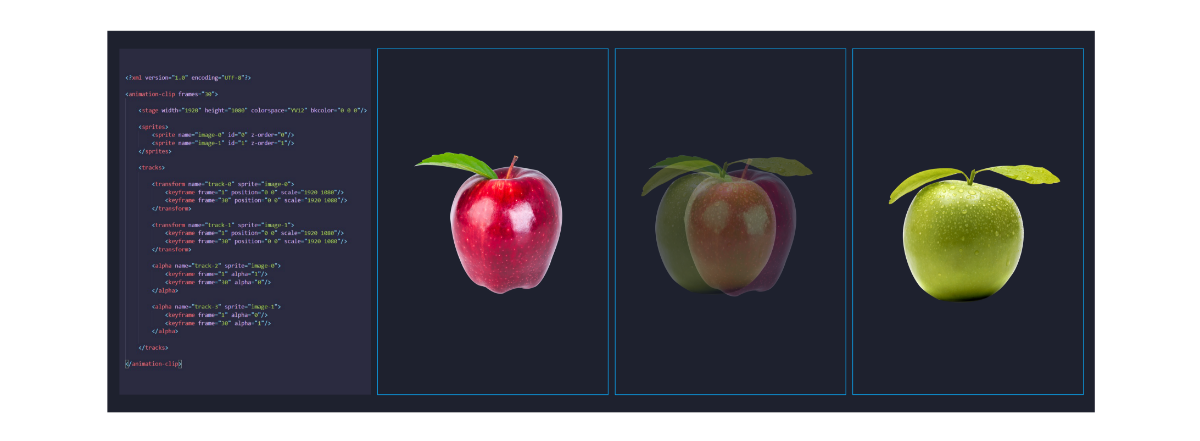
New Streaming Protocols on Trend, NDR and SRT
NDI and SRT, both built upon the structure of UDP in recent years to break through the limitation of physical cabling. NDI and SRT start to catch up on the popularity with TS stream due to their feature of ultra-low 100ms latency.NDI, Network Device Interface, an open IP network interfaced protocol supporting SHQ, H.264, H.265 encoding and decoding, introduced by NewTek to support professional on-scene video production. NDI supports all operation systems and specific requirements only seen in the broadcasting market, such as TALLY and bidirectional communication in production studios, PTZ camera control or Alpha channel. In an area network, if a terminal supports NDI then it can pull streams from NDI multimedia servers, and this workflow breaks the unidirectional transmission prevailed in the early days of the broadcasting industry.
SRT, Secure Reliable Transport, inherits the advantage of fast transmission from UDP with reliability enhanced as well. SRT is equipped with excellent retransmission mechanism and supports ACK, ACKACK, NACK commands, it can retransmit packets in time when packets loss occurs during transmission. As SRT packet contains accurate timestamp, decoder side will receive frames with the same intervals via these timestamps, keeping the same features of bit rate between encoded streams and original raw data streams.In the past that video could only be streamed to CDN server via RTMP, right now SRT possess the advantage of direct H.265 support and gradually replace RTMP, becoming the new champion among the new generation of streaming protocols.
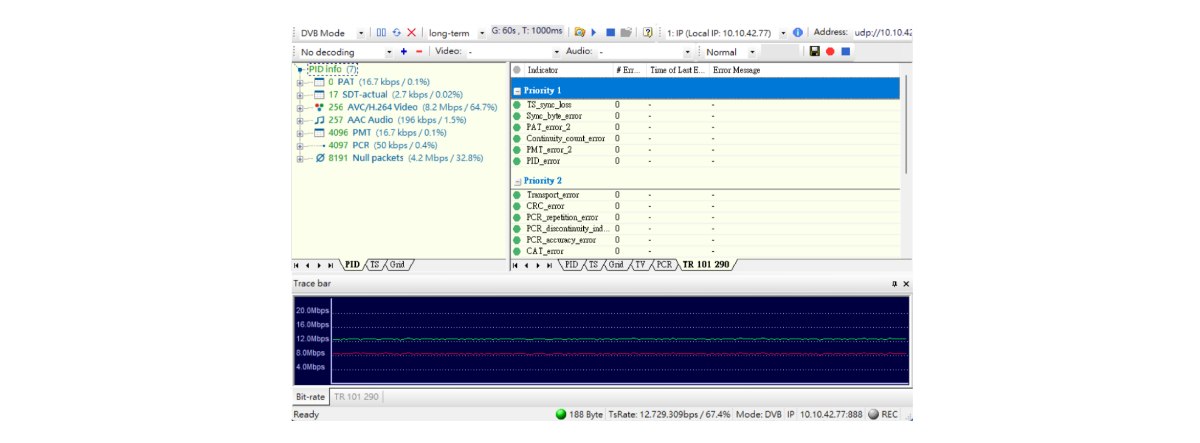
NDI and SRT protocols are both supported in YUAN High-Tech Development Co., Ltd.NexVDO SDK, offering more options to software developers in the broadcasting market and delivering low latency video streams within intranets.
